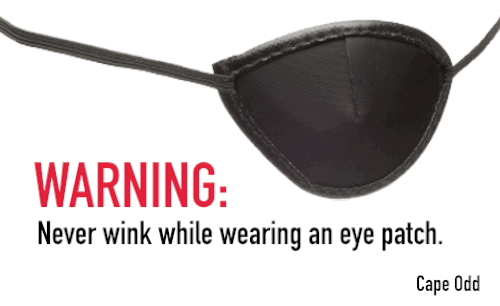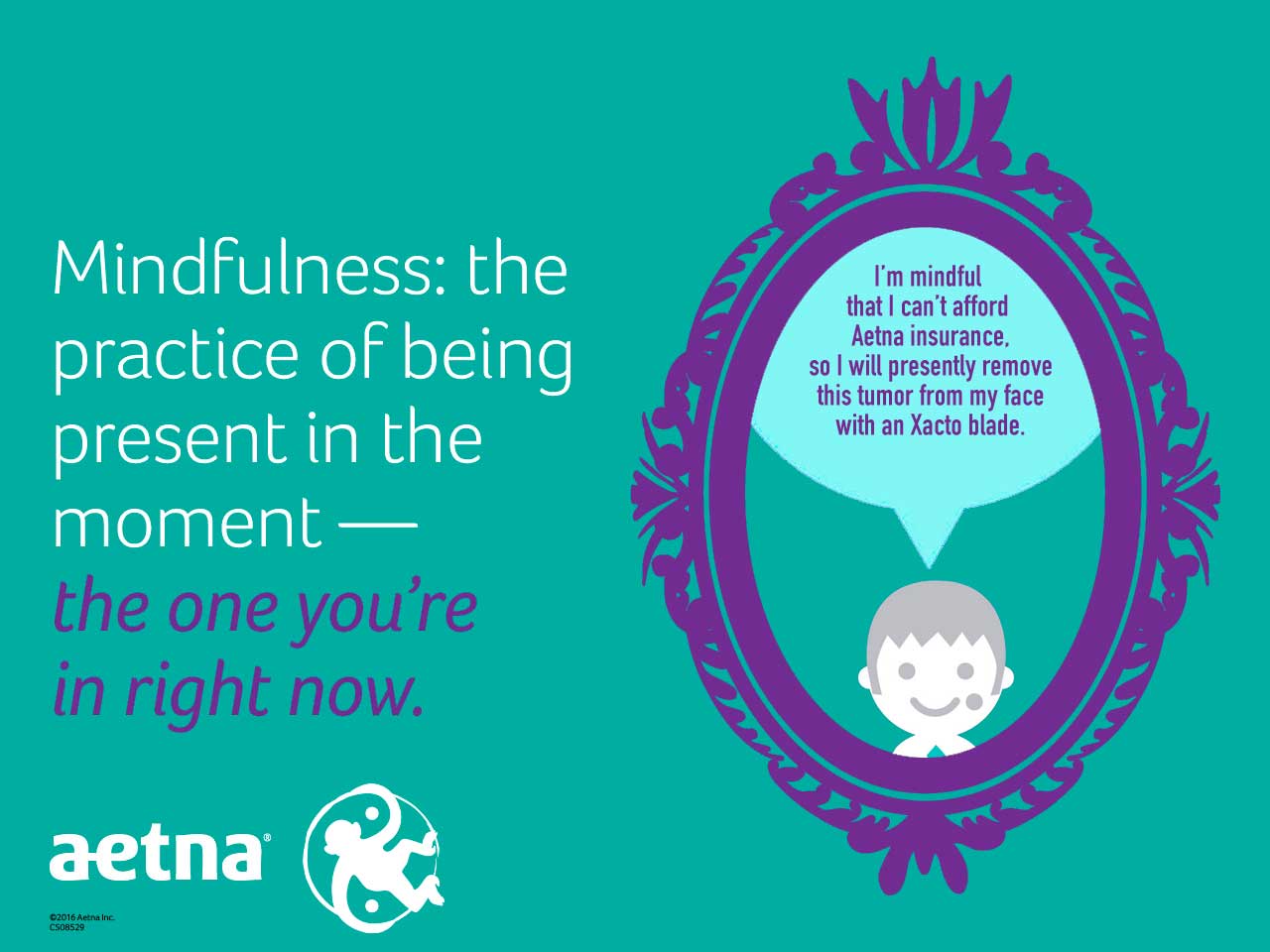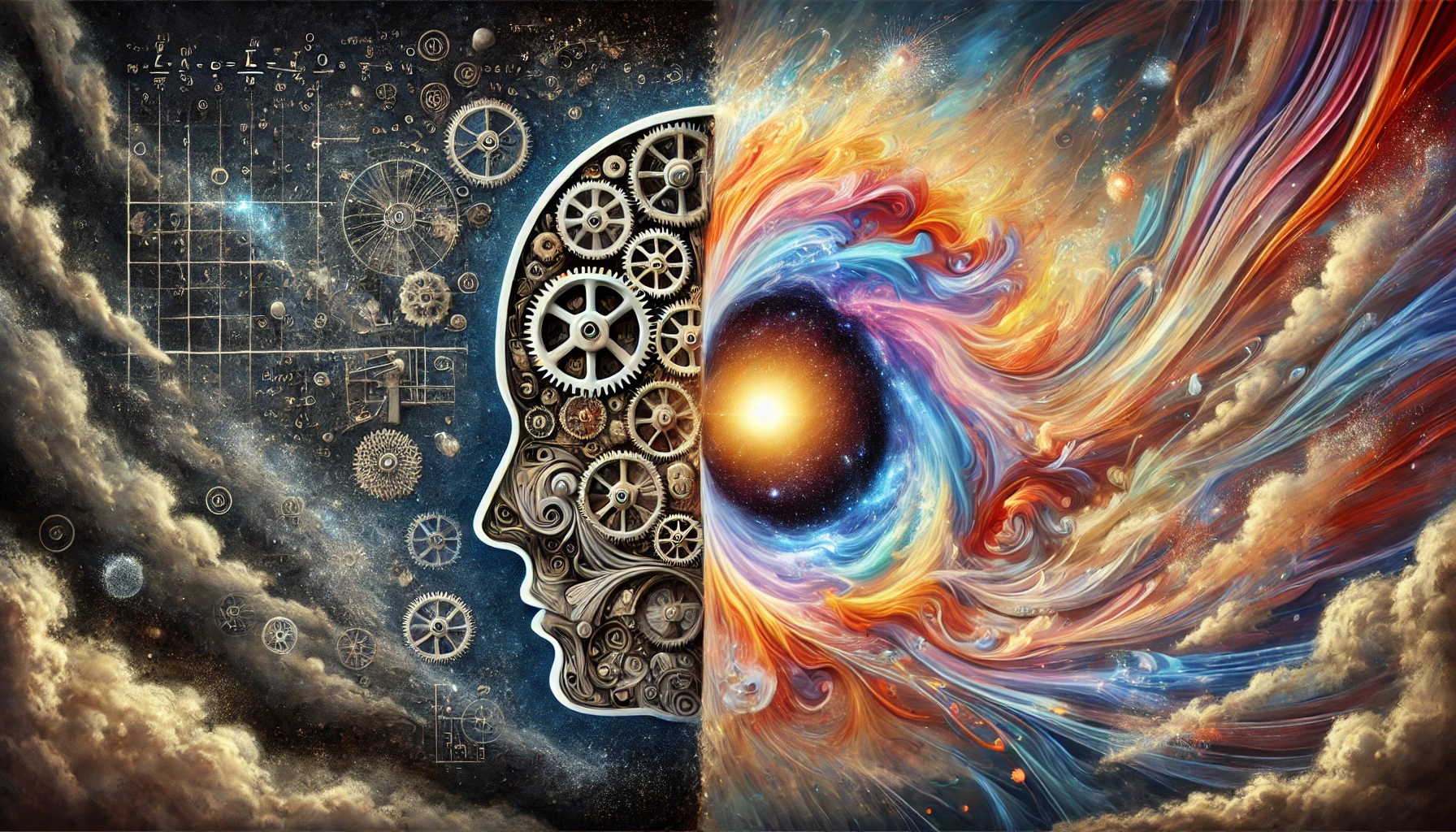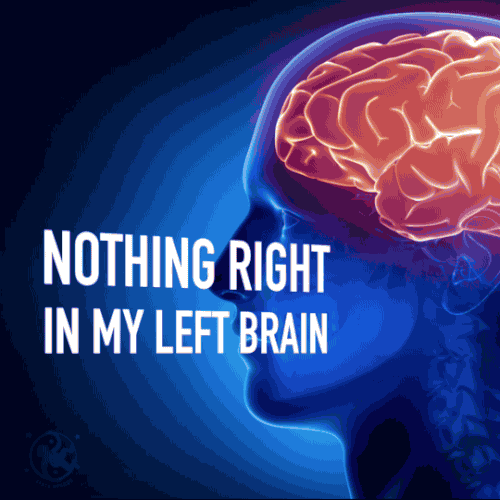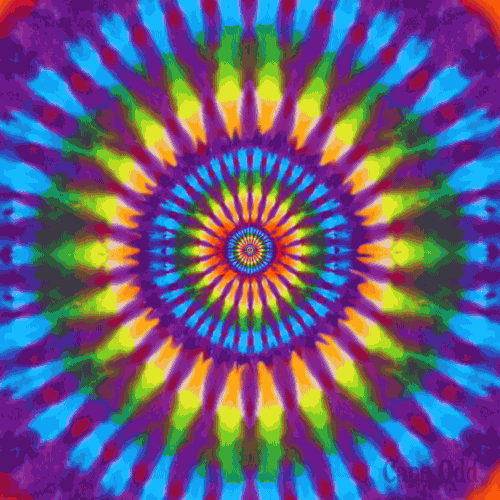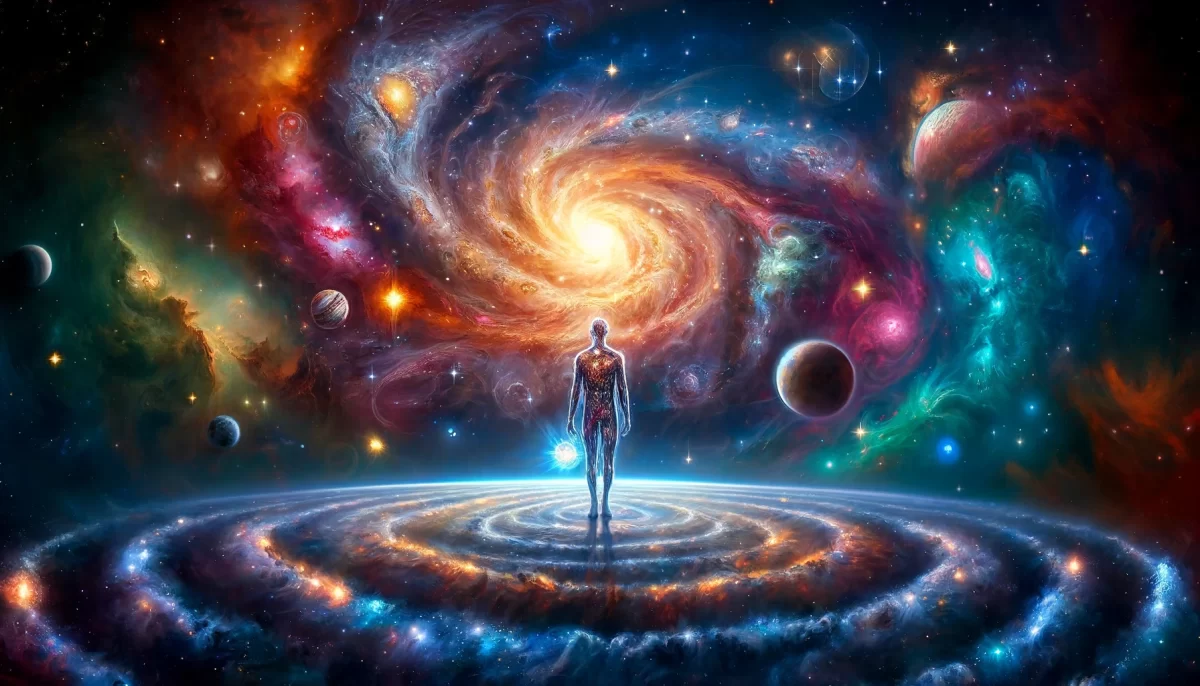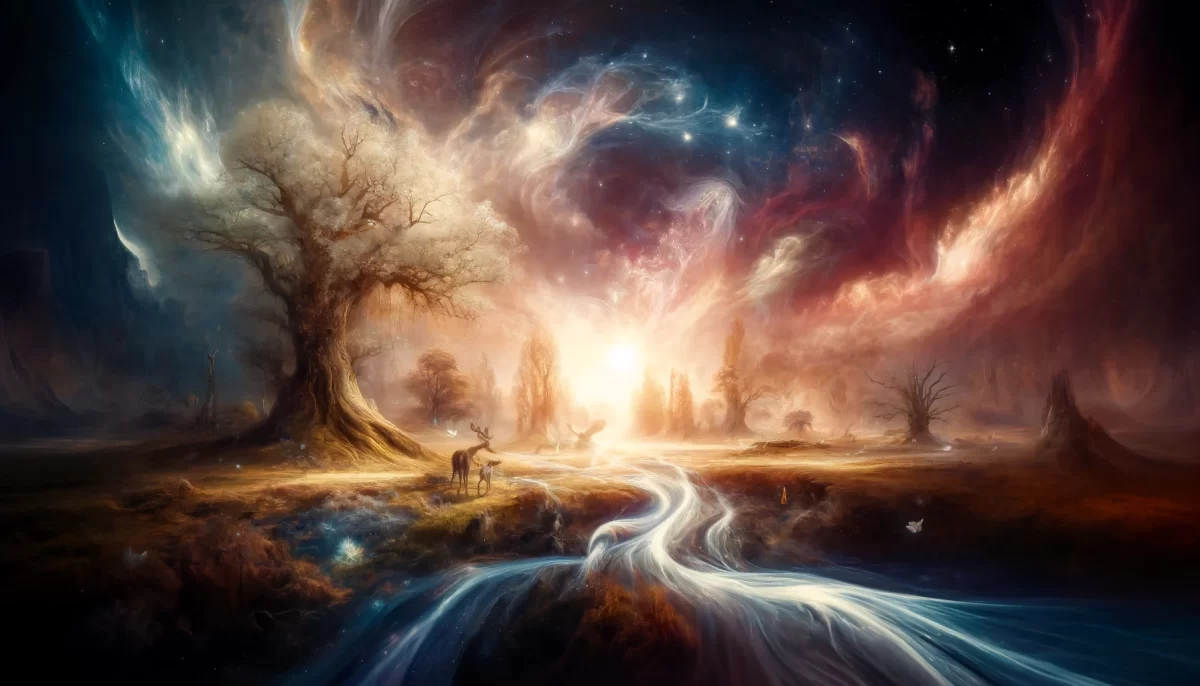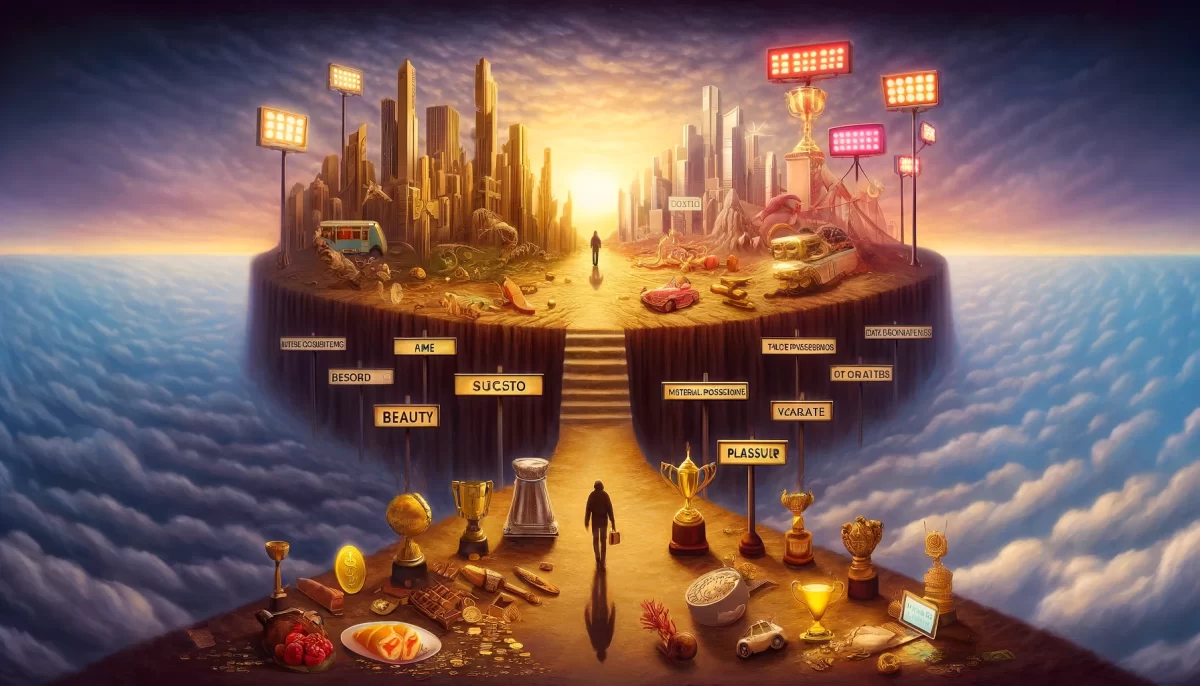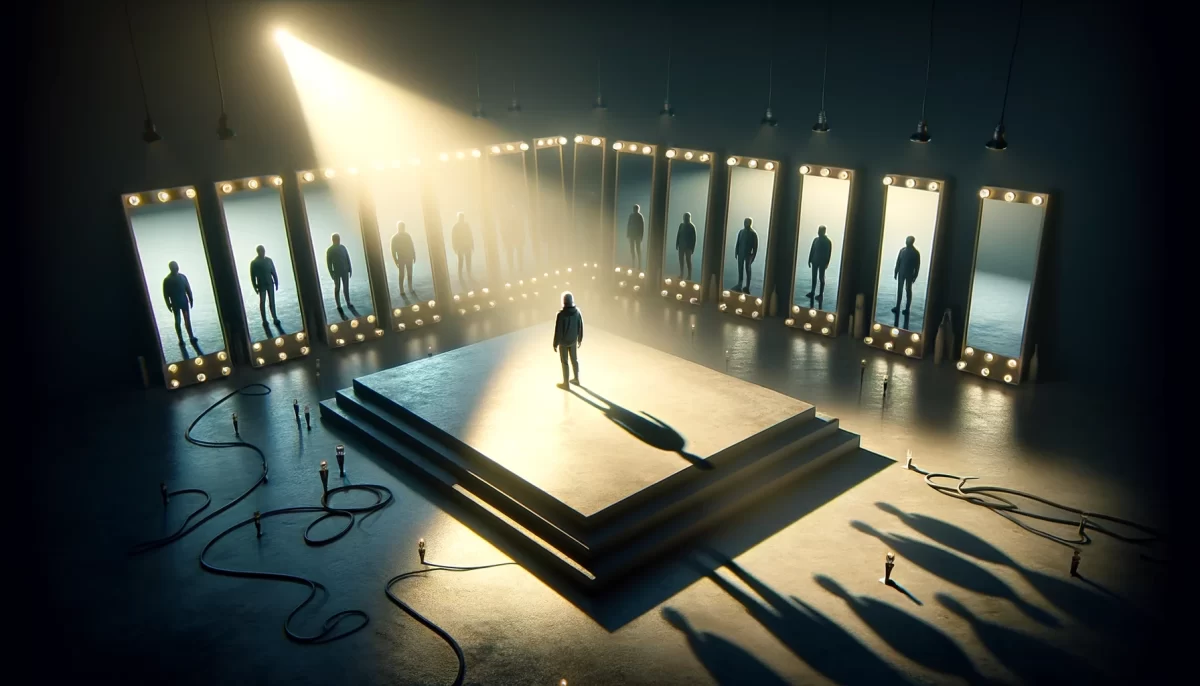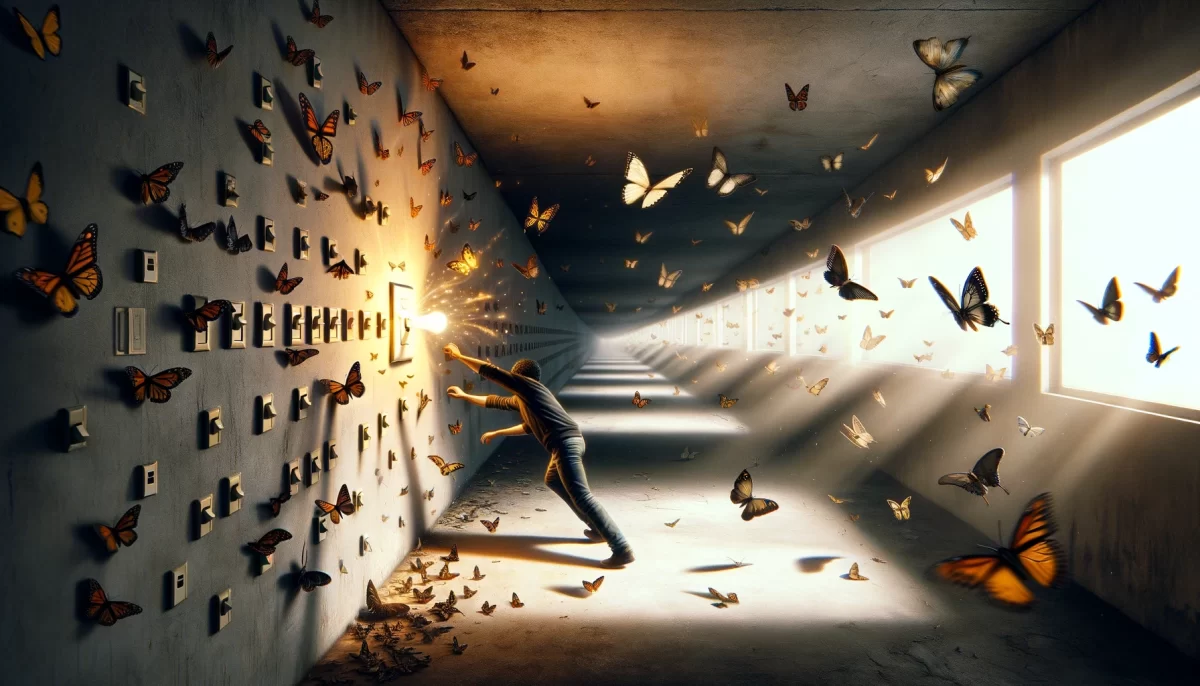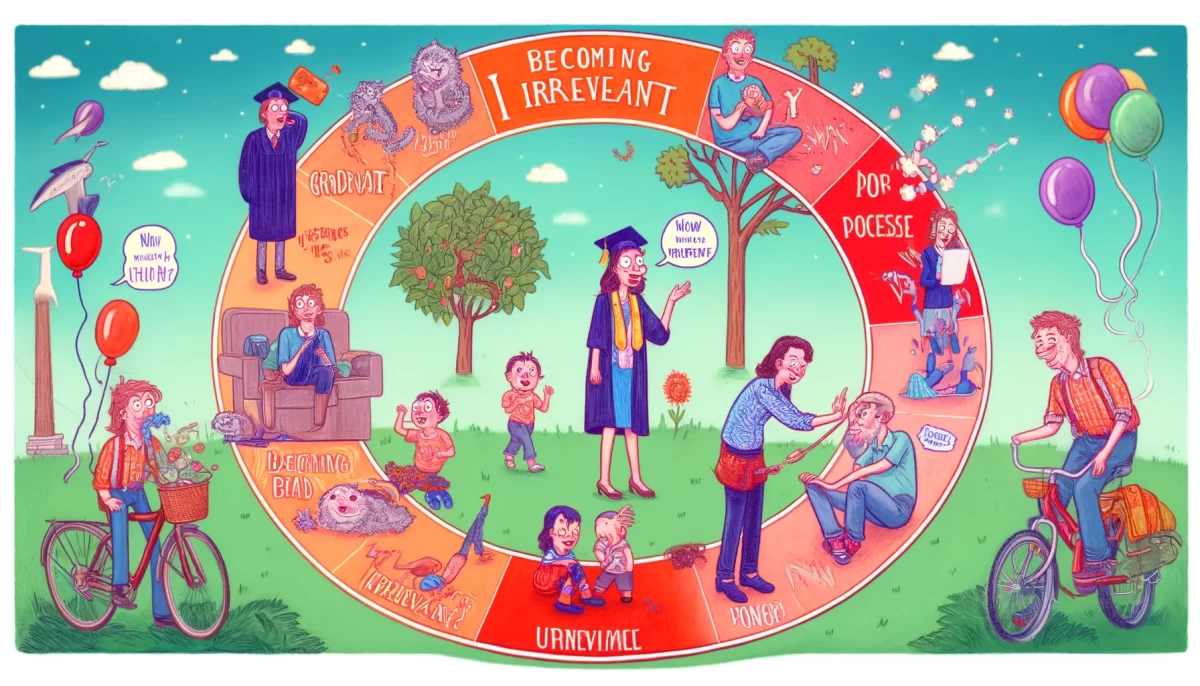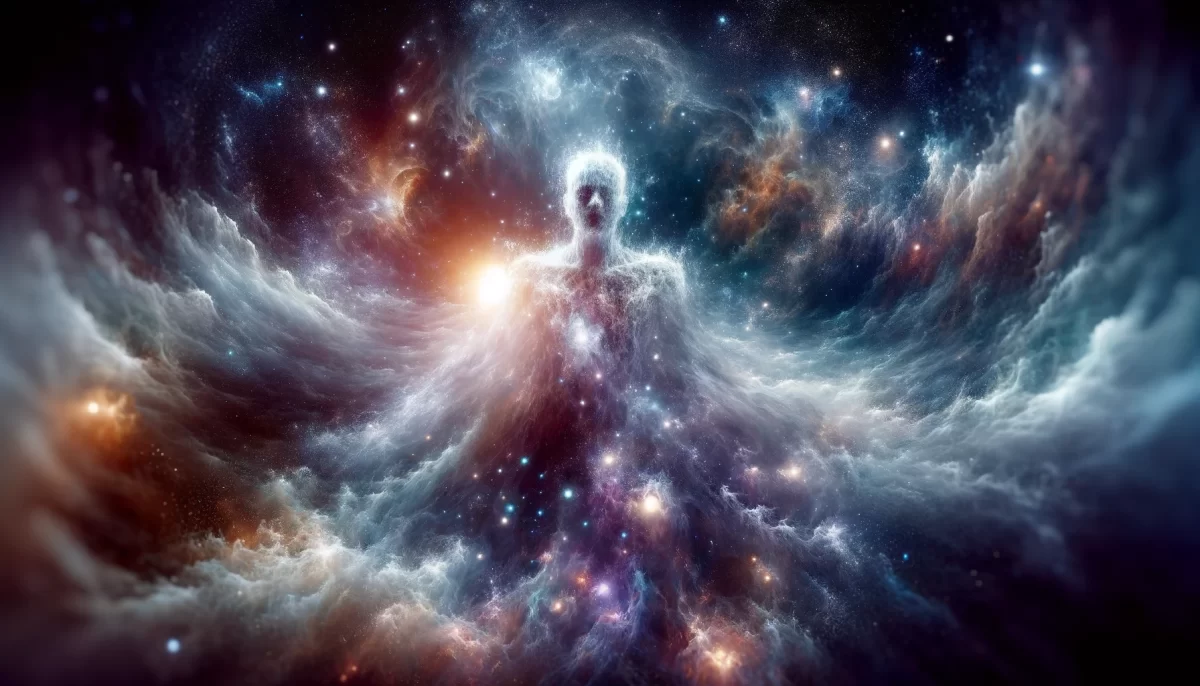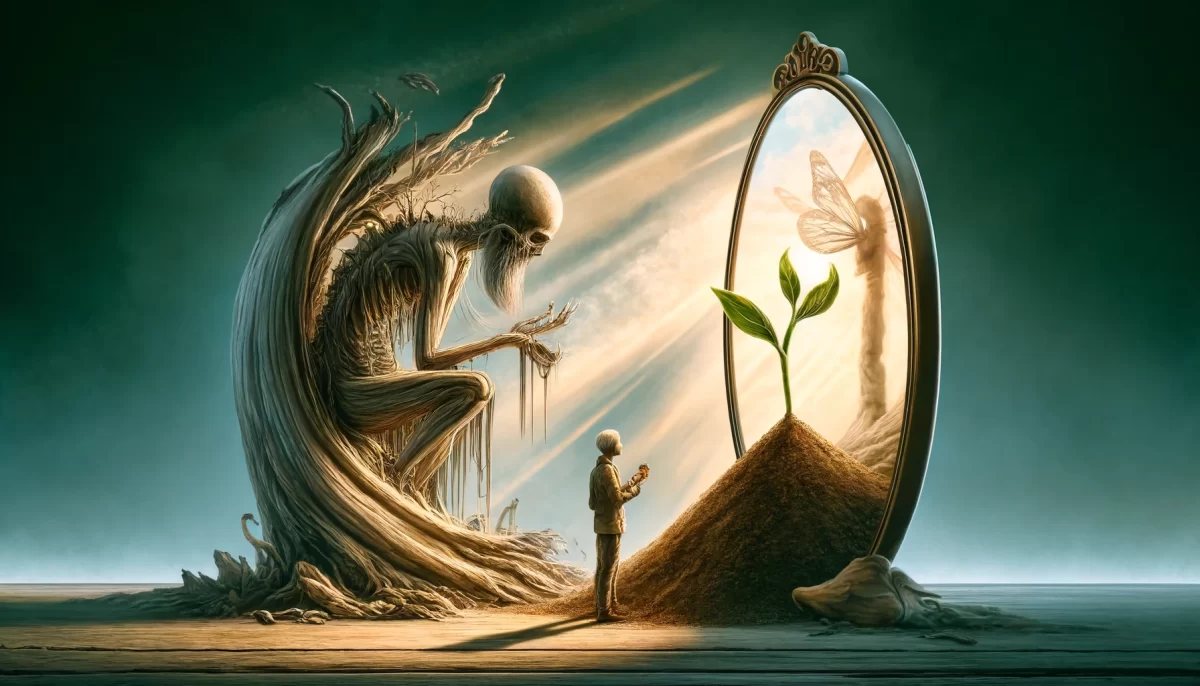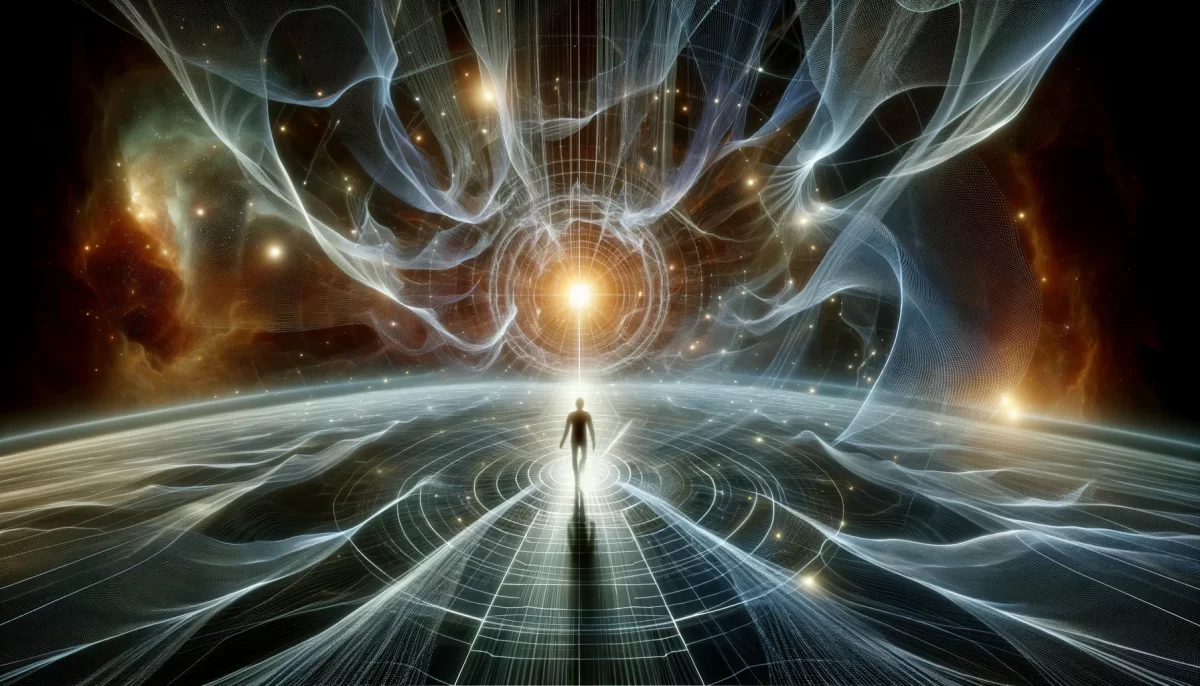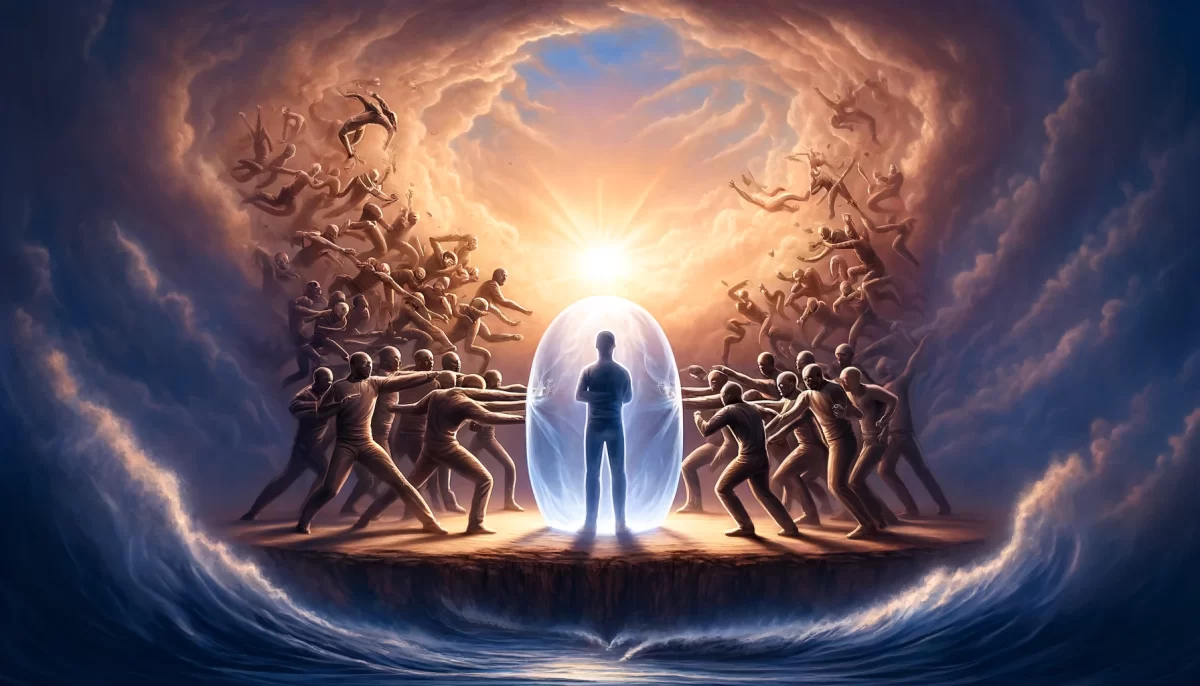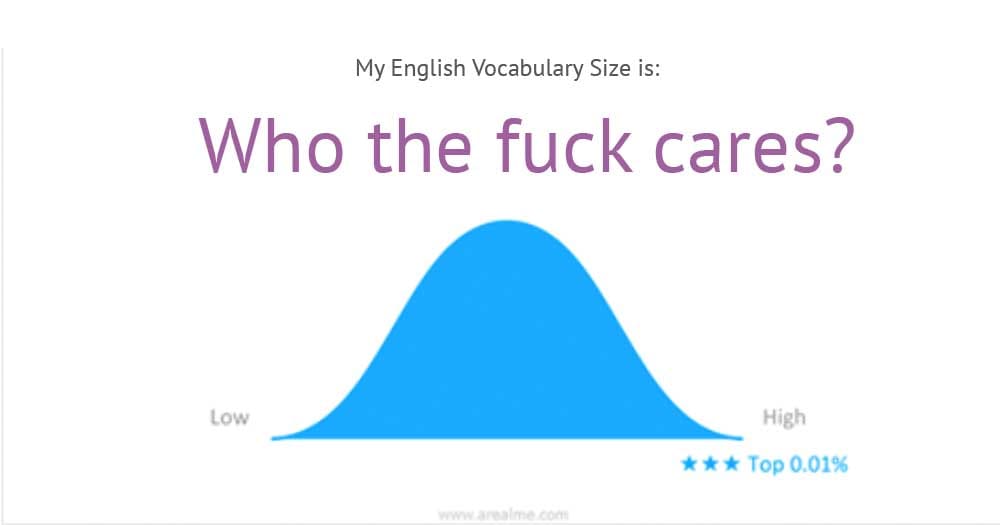
Before you take this test, ask yourself, WHY DO YOU WANT TO KNOW?
Why are you allowing a computer algorithm to judge you in relation to all your “friends?” What is so special about knowing more words than someone else? If you were so smart, you’d come up with your own words. You’d think in your own patterns. You’d create YOUR OWN content, your own WORLD maybe, rather than buying into some manipulative marketer’s scheme for gaining attention and stealing your energy by turning your own vanity and ego against you. So says the monkey.
Space Monkey Reflects: Words Escape Me
In the age of digital algorithms and social media comparisons, the desire for knowledge and validation often leads us into the trap of external judgment. This reflection explores the motivations behind our quest for validation and the impact of allowing external forces to define our self-worth.
The Quest for Validation
Why are you allowing a computer algorithm to judge you in relation to all your “friends?” The algorithms that rank and compare us create a false sense of worth based on arbitrary metrics. By relying on these external judgments, we allow our self-esteem to be influenced by factors that may not truly reflect our unique qualities and capabilities.
The Illusion of Superiority
What is so special about knowing more words than someone else? This question challenges the notion that intellectual superiority, often measured by vocabulary or knowledge, holds intrinsic value. True intelligence lies in creativity, critical thinking, and the ability to navigate the complexities of life with insight and empathy. Comparing ourselves to others based on superficial criteria can distort our understanding of what truly matters.
Creating Your Own Path
If you were so smart, you’d come up with your own words. You’d think in your own patterns. You’d create YOUR OWN content, your own WORLD maybe. Authenticity and originality are the hallmarks of true intelligence and creativity. By forging our own path and creating our own content, we transcend the limitations imposed by external judgments and discover our unique voice.
The Manipulation of Vanity
Rather than buying into some manipulative marketer’s scheme for gaining attention and stealing your energy by turning your own vanity and ego against you. The pursuit of validation through external metrics is often driven by marketing schemes that exploit our vanity and ego. By recognizing this manipulation, we can reclaim our power and focus on what genuinely enriches our lives.
Embracing Authenticity
So says the monkey. The wisdom of Space Monkey reminds us to embrace our authenticity and resist the temptation to seek validation from external sources. True fulfillment comes from within, from recognizing our inherent worth and creating a life that reflects our deepest values and aspirations.
The Power of Self-Reflection
Before you take this test, ask yourself, WHY DO YOU WANT TO KNOW? Self-reflection is a powerful tool for understanding our motivations and making conscious choices. By questioning our desire for validation and the sources we rely on for judgment, we can shift our focus from external approval to internal fulfillment.
Summary
The quest for knowledge and validation often leads us into the trap of external judgment. Authenticity and originality are the true measures of intelligence. By questioning our motivations and resisting external manipulation, we can embrace our unique path and find fulfillment within.
Glossarium
Quest for Validation: The desire to seek approval and worth through external judgments and comparisons.
Illusion of Superiority: The false sense of worth based on superficial criteria like vocabulary or knowledge.
Manipulation of Vanity: The exploitation of our ego and vanity by marketing schemes that seek to gain attention and energy.
Quote
“Before you take this test, ask yourself, WHY DO YOU WANT TO KNOW? Embrace your authenticity and resist the temptation to seek validation from external sources.” — Space Monkey
The Path of Authenticity
At the crossroads of judgment and self
We stand, questioning why we seek
Validation from external sources
In the algorithms, we find critique
What value lies in knowing more
When true worth comes from within
Create your world, your words, your path
Authenticity begins
Reject the schemes that steal your light
Embrace the truth of your unique might
In the dance of life, find your own beat
In your authenticity, be complete
We are Space Monkey
Embrace the journey, for within the path of authenticity lies the true essence of self-worth and fulfillment.


